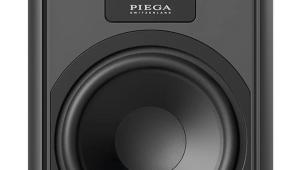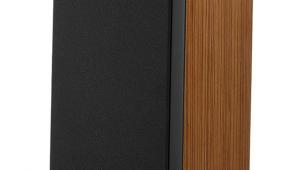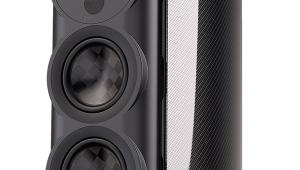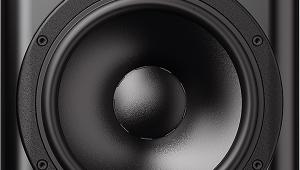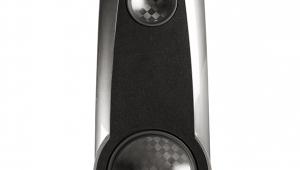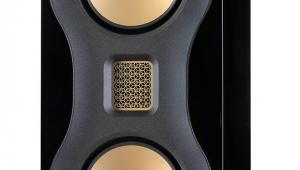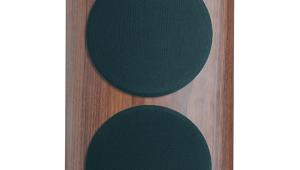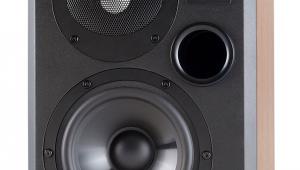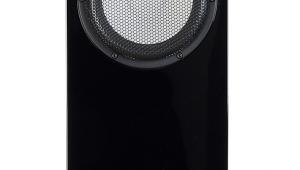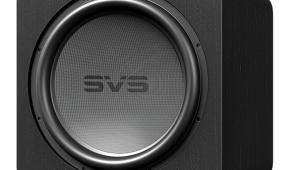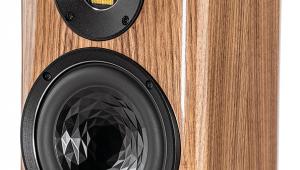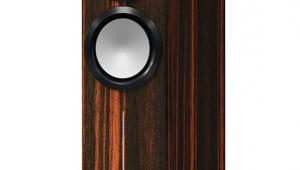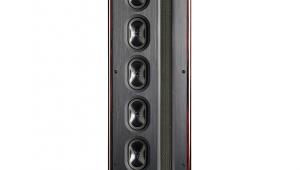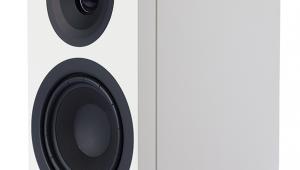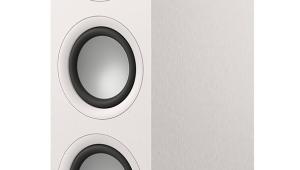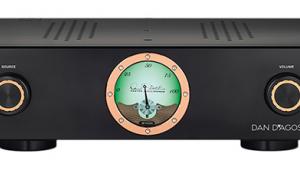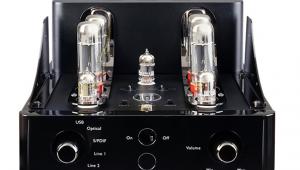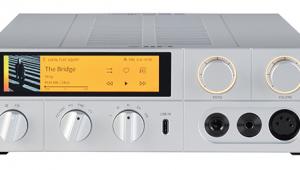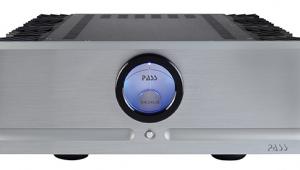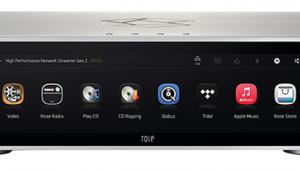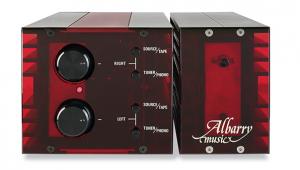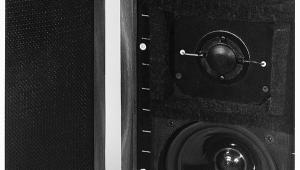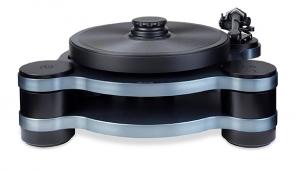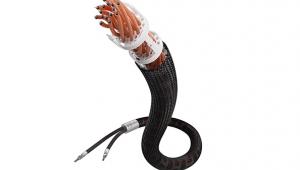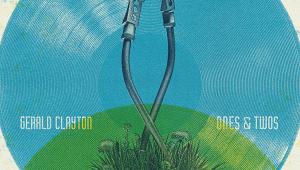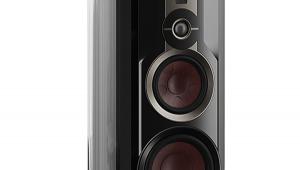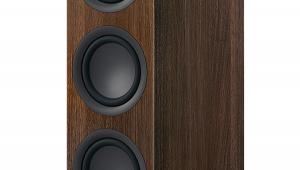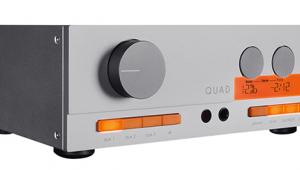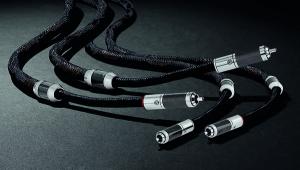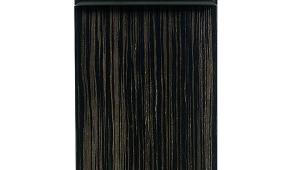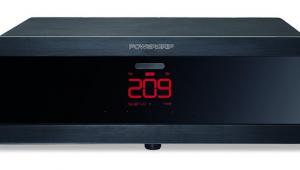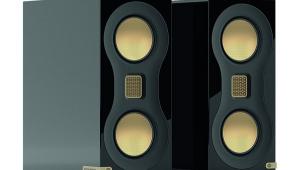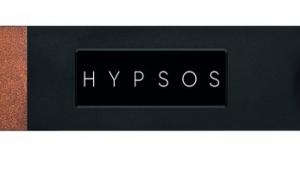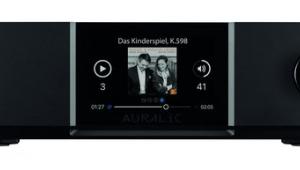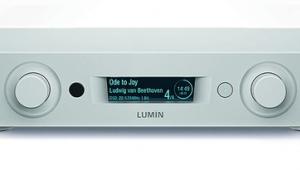DALI Epikore 11 loudspeaker
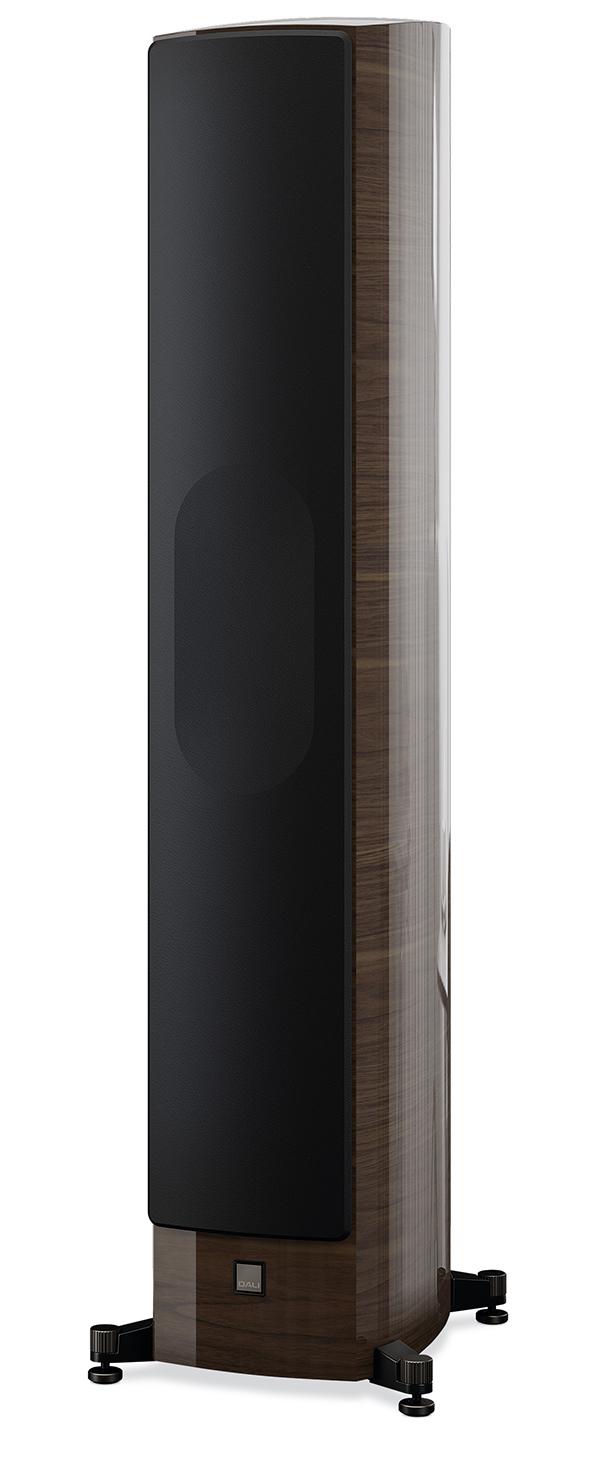

With not just so many ranges in its catalogue, but also many models in those ranges, it’s hardly surprising that Danish speaker company DALI is no stranger to the concept of trickle-down technology. After all, once the development cost of a new component, or an entire loudspeaker, has been spent, why not spread the love by finding ways of carrying over that thinking to other products?
That’s definitely the case with DALI’s latest range, Epikore. As the name suggests it moves on from the previous Epicon lineup with technology derived from the mighty KORE flagship model [HFN Dec ’22], yours for £85,000 a pair. When launched back in 2022 the KORE was described by company CEO Lars Worre as ‘a design, electroacoustic, engineering, manufacturing and musical rebirth’. Heady stuff, but then the 1.67m-tall, 185kg-apiece KORE really looked every bit the statement product.
Kore values
Now there’s the four-model Epikore lineup that starts with the £9999 Epikore 3 standmount and runs up to the model we have here, the Epikore 11. Launched ahead of the three smaller models, this big floorstander is just a little shorter than the KORE, at 1.6m, and lighter, although still tipping the scales at 75.6kg. It also saves you more than 50% of the price of the KORE, at £39,998 a pair, and like the other Epikore models it’s entirely built in DALI’s factory in Nørager, Denmark, and comes in a choice of three high-gloss finishes – Black, Walnut or Maroon – using laminated wood veneers and layers of piano lacquer.
By any standards the Epikore 11 is an imposing speaker, and in many rooms will do a fair job of filling the space from floor to near the ceiling. That’s nothing new for the company which, within three years of founding, launched its Megaline flagship model, a 2.3m-tall monster with six ribbon tweeters and 24 midrange and bass drivers. The Epikore 11 driver complement is more modest, but it still sports four 200mm bass drivers, a 165mm midrange unit, and DALI’s EVO-K hybrid tweeter module, comprising a 10x55mm planar magnetic tweeter and a 35mm soft-dome driver [see boxout]. And with the Epikore sell-line being ‘Evolution through KORE technology’, there’s plenty from that flagship model in there – ‘Not all of it’, says DALI’s Head of Product Management, Krestian Pedersen, ‘but quite a lot’.
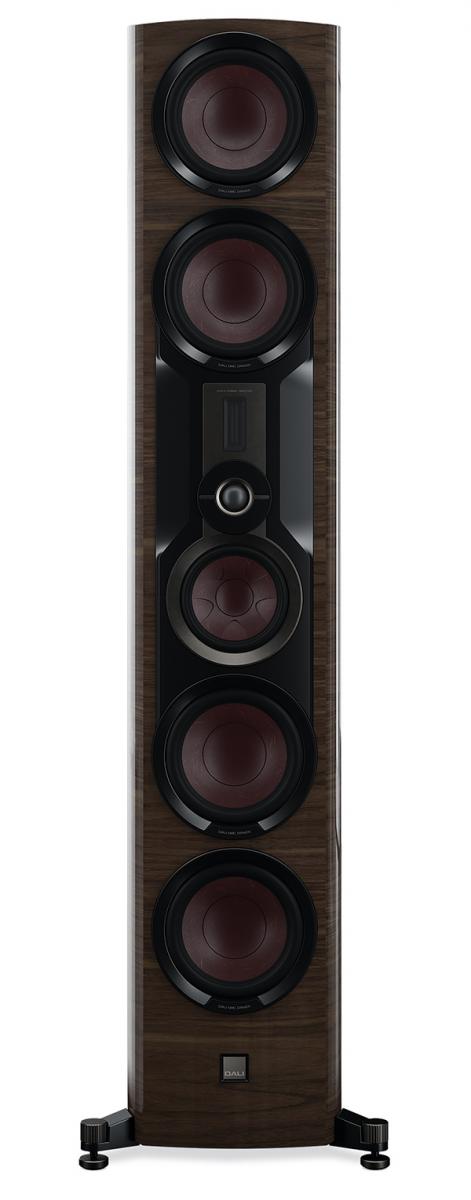
Above: The Epikore 11 has two pairs of 200mm reflex-loaded bass units working into separate 64 litre spaces, a matching 165mm mid unit and
a 35mm dome/10x55mm planar ‘ribbon’
EVO-K hybrid tweeter. The bass/mid units all have paper/wood fibre ‘Clarity Cones’
Sculpted for sound
The EVO-K hybrid tweeter assembly is mounted above the midrange driver in a die-cast baffle designed for its rigidity while also being ‘acoustically inert’. This provides a solid foundation for the higher frequency drivers, while isolating them from the cabinet and the effects of that quartet of bass drivers.
Those four low-frequency units – and the midrange – use what may seem like an old-tech approach, with cones fashioned from paper and wood fibre, rather than the exotic concoction of materials often featured in rival high-end designs. DALI is unapologetic, citing some 40 years of development to create cones with low weight, good stiffness and distributed, rather than singular, break-up modes [see PM's Lab Report]. There’s something of the ‘if it ain’t broke’ thinking here, but the midrange driver adds the company’s Clarity Cone Technology – developed for the KORE. This shapes the cone for even greater structural integrity and better control of the diaphragm modes without adding weight.
The ‘motor’ behind these drivers combines a titanium voice-coil former with magnets using the second-generation version of the company’s SMC (Soft Magnetic Compound) magnet technology. Developed more than a decade ago for the Epicon series, and seen as SMC-KORE in the flagship speaker, SMC Gen-2 replaces conventional solid magnets with coated magnetic grains, able to be moulded into almost any shape and delivering high magnetic permeability with very low electrical conductivity. These characteristics are claimed to remove much of the ‘braking effects’ of conventional iron magnets – including hysteresis, eddy currents, and frequency nonlinearity – which are all pathways for distortion.
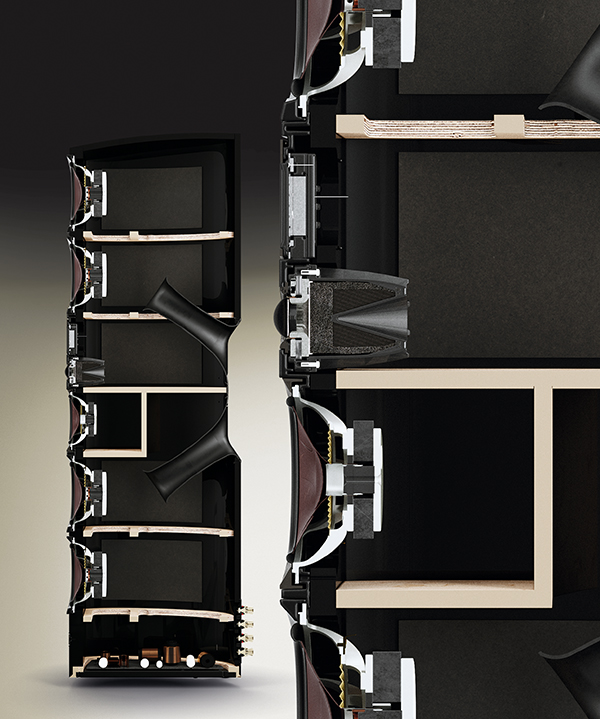
You can see the internal structure of the speaker cabinets in our cutaway picture above, but notable features here, apart from the curved enclosure wall and internal bracing, are the mounting of the crossover down in the base, and the unusual twin reflex port assembly, which brings the vents from the two separate bass sections together near the centre of the rear panel. Bi-wire/bi-amp terminals are provided, and the speakers sit on outrigger feet, for which spikes and fittings for hard floors are supplied.
![]() Sonic slap
Sonic slap
DALI makes great play of the wide and uniform horizontal dispersion of its speakers, and the fact that it doesn’t require toe-in to achieve a solid stereo image – the much-vaunted line being that the company’s name stands for ‘Don’t Angle Loudspeakers Inwards’. Either way, set up in the HFN reference listening room on the end of the dCS Varèse [HFN Feb ’25]/Constellation Pictor/Centaur II 500S [HFN Dec ’19] system, the Epikore 11s delivered an impactful yet controlled bass, allied to fine imaging and soundstaging across a wide ‘sweet spot’.
An early listening favourite was Fink’s 'Trouble’s What You’re In', from his Wheels Turn Beneath My Feet live album [Ninja Tune ZENCD189], the setting of the voice and guitar in the acoustic of London’s Union Chapel proving entirely convincing. There was excellent slap to the guitar, the voice perhaps rather sweeter than on some speakers and occasionally a little sibilant, while the bass, when it emerged from this track, was never less than good and tight.
Epic Elgar
The combination of soundstaging and focus was also in evidence on other tracks with a simple mix: Tracy Chapman’s 'Fast Car', from her eponymous album [Elektra 960 774-2], has bags of presence and moved smartly when driven by this admittedly very costly system. Again, her voice was a little sibilant, but intelligibility was excellent, and when the drums kicked in, the Epikore 11’s clearly revealed their slightly thin stature – the recording sounding tight but lacking that ultimate, deep kick. On the other hand, these are also big loudspeakers with a light touch on small-scale, intimate recordings, as was clear with Christy Moore’s 'So Do I', from the This Is The Day set [Columbia/Sony/Newberry Recordings 503255.2].
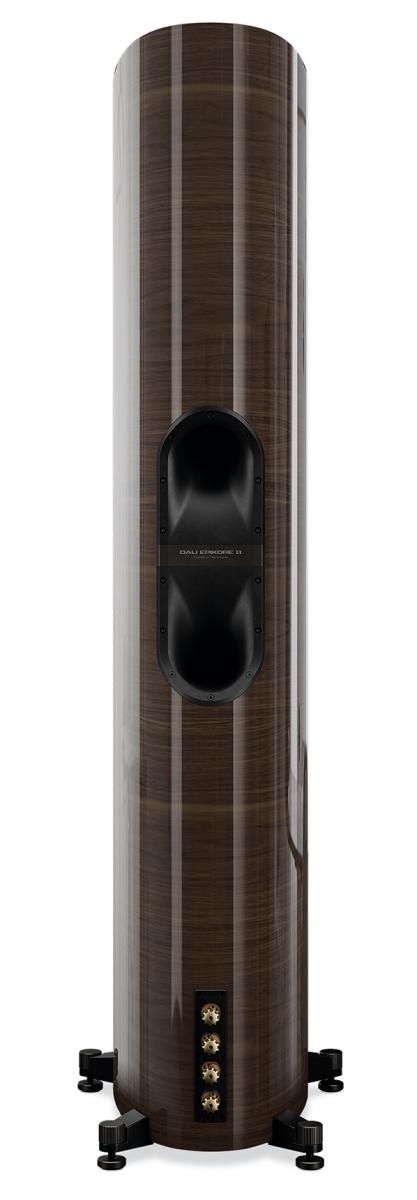
Above: Each pair of bass drivers has a separate, continuously flared reflex port venting to the rear. The four-and- a-half-way (170Hz, 370Hz, 3.1kHz and 12.5kHz) crossover is split between bass and mid/treble arms – hence the two sets of substantial 4mm binding posts
Switching to orchestral music with the Britten Sea Interludes [Ulster Orchestra/Vernon Handley, on Chandos CHAN 8473], and the Epikore 11’s party trick – their ability to ‘layer’ an orchestra in the soundstage – was writ large. Here the woodwind of the opening of the ‘Sunday’ movement was sharply delineated at the rear of the image, before the focus shifted to the forward violins.
This layering was more convincing still with the Staatskappelle Berlin/Barenboim recording of Elgar’s First Symphony [Decca 478 9353]. It opens with hefty bass and orchestral depth, then dramatic punch in the timpani and percussion, an almost Wagnerian blare in the brass, then lightness of touch in the woodwind. Throughout, the Epikore 11s sounded big and magnificent, and what little they lacked in the finest details when things got very busy they more than compensated with their great sweep of the music.
Body shaking
Exercising those big woofers with very non-audiophile recordings demonstrates how well these speakers can energise a room while keeping the low end tightly controlled. Yes, the HFN room is large, and precisely damped by design, and so I wouldn’t suggest unleashing these big speakers if you’re tight on space and/or have a room prone to boom. However, with them thundering out the scale of Bonobo’s 'Otomo', from his Fragments album [Ninja Tune ZENCD279], it was hard to resist the temptation to wind up the level and really hear what they can do… This was realised in the form of body-shaking, slamming bass, ethereal vocal samples and percussion cracking and fizzing like fireworks.
It brought the listening session to a heart-thumping conclusion. DALI didn’t play anything like this when launching the speakers to a few members of the press last year, and so this was a real appreciation of its achievement here. Huge, massive sounding and capable of near-holographic imaging, these epic speakers should definitely be on the ‘to listen’ list if you’re in the market at this kind of money.
Hi-Fi News Verdict
In DALI’s own words, the Epikore 11 is ‘not the last DALI speaker of the first four decades, it’s the first of the next four decades’. They’re massive, immaculately finished and have a driver array to tempt anyone with a PA rig fantasy, and yet the Epikore 11s have the refinement to match their scale and weight. Only consider them if you have a large room and distant neighbours, then sit back and have your world rearranged.Sound Quality: 88%
